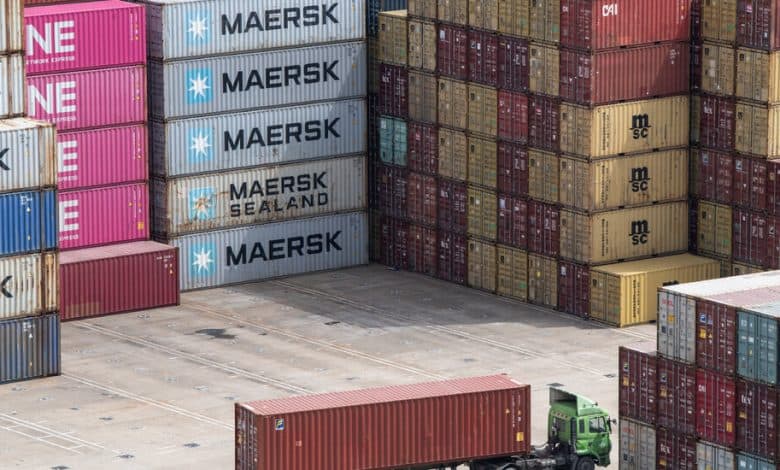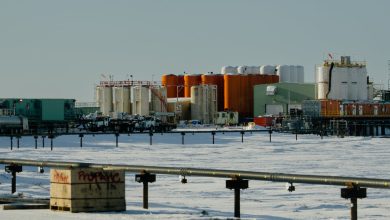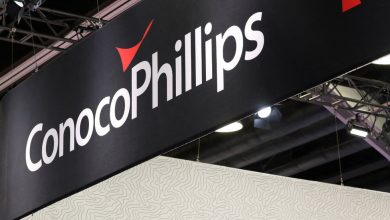How China Pulled So Far Ahead on Industrial Policy

For more than half a century, concerns about oil shortages or a damaged climate have spurred governments to invest in alternative energy sources.
In the 1970s, President Jimmy Carter placed solar panels on the roof of the White House as a symbol of his commitment to developing energy from the sun. In the 1990s, Japan offered homeowners groundbreaking subsidies to install photovoltaic panels. And in the 2000s, Germany developed an innovative program that guaranteed consumers who adopted a solar energy system that they would sell their electricity at a profit.
But no country has come close to matching the scale and tenacity of China’s support. The proof is in the production: In 2022, Beijing accounted for 85 percent of all clean-energy manufacturing investment in the world, according to the International Energy Agency.
Now the United States, Europe and other wealthy nations are trying frantically to catch up. Hoping to correct past missteps on industrial policy and learn from China’s successes, they are spending huge amounts on subsidizing homegrown companies while also seeking to block competing Chinese products. They have made modest inroads: Last year, the energy agency said, China’s share of new clean-energy factory investment fell to 75 percent.
The problem for the West, though, is that China’s industrial dominance is underpinned by decades of experience using the power of a one-party state to pull all the levers of government and banking, while encouraging frenetic competition among private companies.
China’s unrivaled production of solar panels and electric vehicles is built on an earlier cultivation of the chemical, steel, battery and electronics industries, as well as large investments in rail lines, ports and highways.




